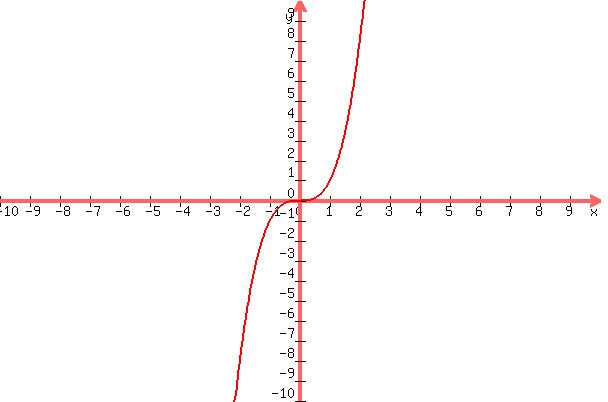Question 117520: 
PLEASE HELP! :]
Answer by BrittanyM(80)   (Show Source): (Show Source):
You can put this solution on YOUR website! I couldn't help but be drawn to your question! :)
For problem a, we need to assess the definition of a derivative. That is, the slope of a function at any given point. So, in a standard function, the slope at the turning points will be zero, thus, we have a zero for the representation of this point on our differentiated gragh.
And as for b, let's graph the original function:

Where the derivative is zero, the graph is not at a turning point.
If you need any further clarification, or just have anymore math problems, feel free to e-mail me directly at brittany@flatearthfilms.net.
|
|
|